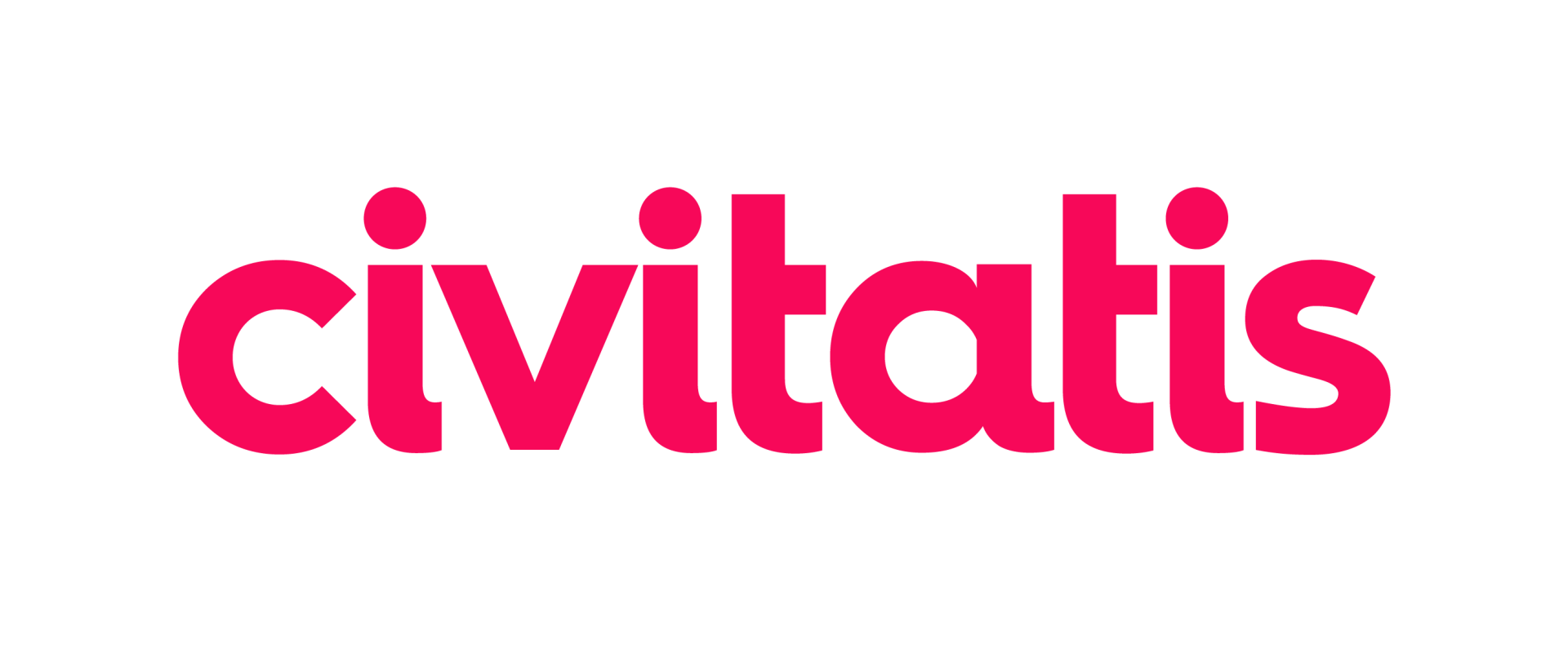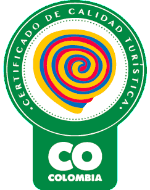We will guide you to incredible places in the Cauca Valley
Spend half a day exploring Cali's historic center on foot and visiting iconic sites like Cristo Rey by car. Discover San Cipriano or Buenaventura on the Pacific coast. Enjoy the sounds of the jungle awakening. As your guide, we'll help you disconnect from the everyday world so you can immerse yourself in nature, culture, history, and cuisine, and reconnect with yourself.
"Amazing service and a great overall experience."
Amanda Smith / Austin, Texas
Hacienda Tour with Buga and Mr. de los Milagros
Tours you can do if you visit the Cauca Valley
Spanish-language tours in Valle del Cauca in Colombian pesos
English-speaking tours in Valle del Cauca in US dollars
Fairs and Events
RíoFrío: Civic celebrations of return and harvest
Cali: International Ballet Festival
Cali Fair
Calima Darien Lake: Summer Festivals
Seville: Seville's party scene
Yumbo: Cultural Promotion Parades National Community Theater Meeting "Cacique Jacinto"
Municipalities of Valle del Cauca
The department is made up of 42 municipalities grouped into 5 provinces. Among these, from north to south, Cali, the capital of Valle del Cauca, is the main city in western and southwestern Colombia and the capital of the metropolitan area.
Cali is also a province, ranking first in the Cauca Valley for its commerce, industry, and primary sector, while it ranks third in Colombia.
Cartago (famous for its handicrafts, embroidery, and the "Viceroy's House"), Roldanillo (home to the Omar Rayo Museum), Seville (once the Coffee Capital of Colombia and a balcony of the Valley), Tuluá (located in the center of the department), Yumbo (industrial capital of the department and home to more than 2,000 industries of various kinds), Ginebra (organizer of the "Mono Núñez" music festival), Palmira (stately city of the department and home to the Alfonso Bonilla Aragón International Airport), Buga (home of the Lord of Miracles), Jamundí (rich in precious metals and abundant agricultural production).
















